Role Luger Turned pro 2008 Name Nodar Kumaritashvili | Sport Luge Weight 80 kg Country Georgia Height 1.79 m | |
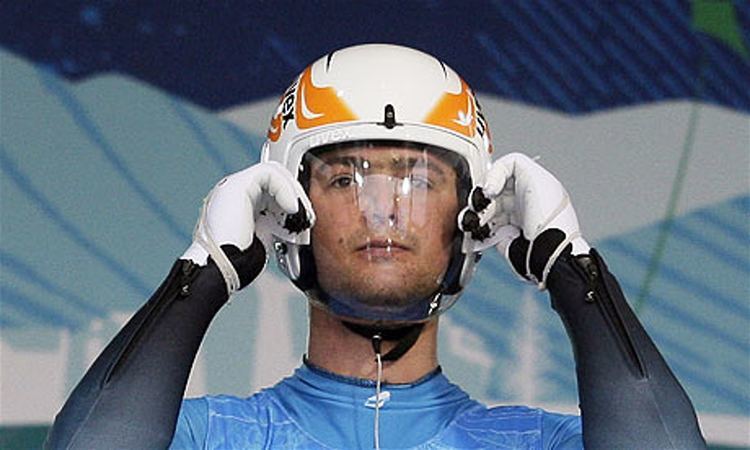 | ||
Full name Nodar Kumaritashvili(ნოდარ ქუმარიტაშვილი) Education | ||
Nodar kumaritashvili luge death
Nodar Kumaritashvili (Georgian: ნოდარ ქუმარიტაშვილი; [nɔdar kʰumaritʼaʃvili]; 25 November 1988 – 12 February 2010) was a Georgian one-man luger who suffered a fatal crash during a training run for the 2010 Winter Olympics competition in Whistler, Canada, on the day of the opening ceremony. He became the fourth athlete to die during Winter Olympics preparations, and the seventh athlete to die in either a Summer or Winter Olympic Games.
Contents
- Nodar kumaritashvili luge death
- Funeral of nodar kumaritashvili no comment
- Life and career
- Accident and death
- Georgian response
- Other responses
- International Luge Federation report
- Coroners report
- References
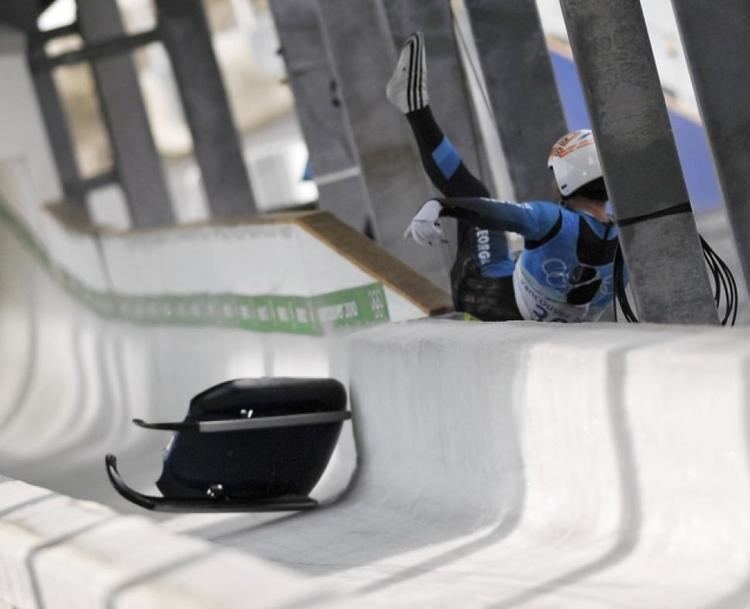
Kumaritashvili, who first began to luge when he was 13, came from a family of seasoned lugers; his grandfather had introduced luge to Georgia, and both his father and uncle had competed when they were younger, with his uncle later serving as the head of the Georgian Luge Federation. Kumaritashvili himself began competing in the 2008–09 Luge World Cup. Kumaritashvili had also been a student at the Georgian Technical University, where he earned an economics degree in 2009.
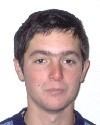
Funeral of nodar kumaritashvili no comment
Life and career

Kumaritashvili was born on 25 November 1988, in Borjomi, Georgian SSR, present-day Georgia, to David and Dodo Kumaritashvili. He had one sister, Mariam, who was four years younger. Kumaritashvili grew up nearby Bakuriani, which is known for its many ski hills, and he enjoyed several winter sports. Kumaritashvili started luge when he was 13 years old. While maintaining a rigorous training and competition schedule, Kumaritashvili attended the Georgian Technical University, where he graduated with a bachelor's degree in economics in 2009. A devout member of the Georgian Orthodox Church, he prayed at church before every competition. Though his family endured economic hardship, Kumaritashvili attended as many luge events as he could, often driving for days to reach World Cup events.
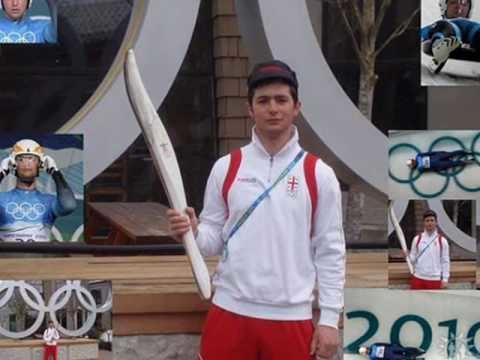
Kumaritashvili's family has had a long association with luge. His father, David, won a USSR Youth Championship when Georgia was part of the Soviet Union, and was a three-time champion at the Spartakiad, once in two-man bobsled and twice in luge. His uncle, Felix Kumaritashvili, served as the head of the Georgian Luge Federation. Nodar's grandfather, Aleko Kumaritashvili, introduced luge to Georgia after training for the sport in East Germany. Aleko helped establish a luge run in Bakuriani in 1970, and a more developed track was funded by the Soviet authorities in 1973.

During his first season of competition, Kumaritashvili finished 55th out of 62 competitors at the 2008–09 Luge World Cup, where he was entered in four races. Kumaritashvili finished 28th out of 32 competitors at the 2009–10 Luge World Cup event at Cesana Pariol in January, which was his fifth and last World Cup event. At the time of his death, he was ranked 44th out of 65 competitors in the 2009–10 World Cup season and was regarded as one of the best lugers to come from Georgia.
Accident and death
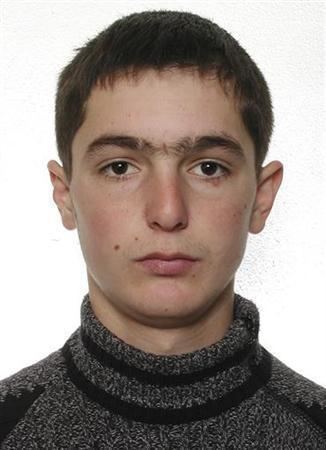
By 31 December 2009, the cut-off date for luge qualifications for the Olympics, Kumaritashvili was ranked 38th overall. As he had also raced in the minimum of five World Cup races over the previous two years, he qualified for the luge men's singles event at the 2010 Winter Olympics, which would be his Olympic debut. On 12 February 2010, Kumaritashvili was fatally injured in a crash during his final training run—after 25 previous attempts, 15 of which were from the men's start—at the Whistler Sliding Centre. He lost control in the penultimate turn of the course and was thrown off his luge and over the sidewall of the track, striking an unprotected steel support pole at the end of the run. He was travelling at 143.6 km/h (89.2 mph) at the moment of impact. At a test event in 2009, a luger had clocked a record 153.937 km/h (95.652 mph) on the same track, prompting Josef Fendt, president of the International Luge Federation (FIL), to comment: "It makes me worry."
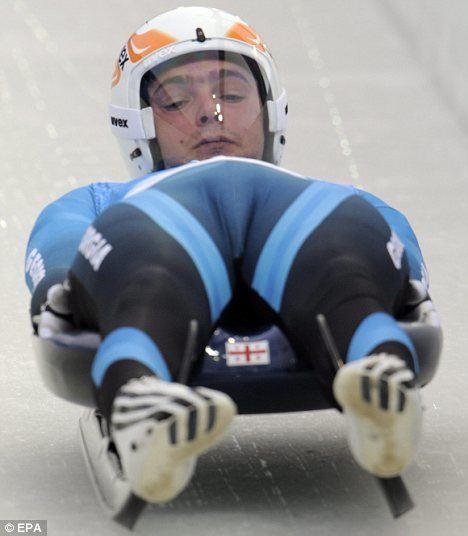
Medics were at his side immediately after crash. Cardio-pulmonary resuscitation and mouth-to-mouth resuscitation were both performed. He was airlifted to a Whistler hospital, where he died of his injuries. It was luge's first fatality since 10 December 1975, when an Italian luger was killed. Kumaritashvili became the fourth athlete to die during Winter Olympics preparations—after British luger Kazimierz Kay-Skrzypeski and Australian skier Ross Milne (both 1964 Innsbruck), and Swiss speed skier Nicolas Bochatay (1992 Albertville)—and the seventh athlete to die in either a Summer or Winter Olympic Games.
Georgian response
There was shock and mourning in Georgia after footage of his death was televised. In response to the accident, the Georgian team announced that it would consider skipping the opening ceremonies or withdrawing from the games entirely, but Nika Rurua, the Georgian minister for sports and culture, later announced the team would stay in Vancouver and "dedicate their efforts to their fallen comrade". The other seven members of the Georgian Olympic team wore black armbands during the opening ceremony, tied a black ribbon to the Georgian flag, and left a space vacant in the procession, as marks of respect. They were greeted with a standing ovation from the assembled crowd, and left BC Place Stadium immediately after the procession.
A moment of silence was held during the opening ceremonies to honour his memory, when both the Canadian and Olympic flags were lowered to half-staff. Fellow teammate and luger Levan Gureshidze, who was to compete with Kumaritashvili, withdrew after the crash, telling teammates that he "couldn't go on", and went home to attend the funeral.
Early in the morning of 17 February 2010, Kumaritashvili's body arrived in Tbilisi. It reached his hometown of Bakuriani later that day, and he was buried on Saturday, 20 February, at the church he attended. Thousands of Georgians had attended a funeral feast for him the day before, and Georgian President Mikheil Saakashvili attended his funeral service dressed in a Georgian Olympic uniform.
In Bakuriani, the street where Kumaritashvili's childhood home is located was renamed in his honour. Felix Loch of Germany, who won the gold medal in luge at the Vancouver Olympics, had his medal melted down into two disks; one was inscribed with an image of Kumaritashvili and given to his parents. The FIL donated €10,000 to the Kumaritashvili family, at the request of the Georgian Luge Federation, in an effort to rebuild their home. The tragedy was hard on the family; twice in the years afterwards Dodo, who continued to make a meal for Kumaritashvili every day, tried to kill herself, while David dealt with severe health problems resulting in multiple stays in hospital.
Other responses
The FIL stated that Kumaritashvili's death "was not caused by an unsafe track". As a preventive measure, the walls at the exit of curve 16 were raised and the ice profile was adjusted. Padding was also added to exposed metal beams near the finish line. Olympic officials claimed the changes were "not for safety reasons but to accommodate the emotional state of the lugers". In addition, the start of the men's luge was moved to the women's starting point to reduce speed, while the start of the women's luge was also moved farther down the track.
Training runs on the track resumed on 13 February, after the changes to the track had been finished. Three lugers, including Kumaritashvili's teammate Levan Gureshidze, did not participate in any training runs on 13 February. Gureshidze decided to fly back to Georgia to mourn the loss of his teammate, and the athletes who participated all wore a black stripe on their helmets in honour of Kumaritashvili.
International Luge Federation report
On 19 April 2010, the FIL published its final report to the International Olympic Committee on Kumaritashvili's death. The report found that the sled used by Kumaritashvili had met all FIL standards. It attributed the accident to "driving errors starting in curve 15/16 which as an accumulation ended in the impact that resulted in him leaving the track and subsequently hitting a post. ... This is a tragic result that should not have occurred as a result of an initial driving error". As the sled hit the wall at the curve-16 exit, it catapulted off the track, causing Kumaritashvili to lose control of it entirely. This was a type of accident not seen before, and therefore "[w]ith the unknown and unpredictable dynamics of this crash, the calculation and construction of the walls in that section of the track did not serve to prevent the tragedy that happened". However, the report also determined that during the homologation (certification) process and later sessions at the Whistler Sliding Centre, the track was faster than originally calculated. While calculations called for a top speed around 136 km/h (85 mph), the highest speed recorded was 153.98 km/h (95.68 mph). The FIL felt that luge athletes were able to cope with this speed, but "this was not a direction the FIL would like to see the sport head [in]". FIL President Fendt wrote to the Sochi 2014 Olympic Organizing Committee that the FIL would homologize the proposed Sochi track only if speeds did not exceed 130 to 135 km/h (81 to 84 mph). The FIL also said it was "determined" to do what it could to prevent such accidents occurring. It would re-examine changes to the sport, sled design, and track technology. FIL Secretary General Svein Romstad summarized: "What happened to Nodar has been an unforeseeable fatal accident".
Coroner's report
The British Columbia coroner's office investigated the incident. It was reported to be considering, among other pieces of evidence, written complaints about the safety of the Whistler track by Venezuelan luger Werner Hoeger—who crashed on the track on 13 November 2009, suffering a severe concussion—and information suggesting that the track was constructed in its present location, near the Whistler and Blackcomb mountains, for commercial reasons, despite the site being too narrow and steep. The track designer, Udo Gurgel, said: "The track had to be near Whistler, for use after the Olympics. You don't want to ruin an investment so the track is on terrain that's a little steep." According to John Furlong, the chief executive of the 2010 Winter Olympics organizing committee, proposals to build the sliding centre on Grouse Mountain near Vancouver were rejected early in the bid phase due to reservations expressed by international bobsled, luge, and skeleton federations.
In a report dated 16 September 2010, the coroner ruled Kumaritashvili's death an accident brought on by a "convergence of several factors", including the high speed of the track, its technical difficulty, and the athlete's relative unfamiliarity with the track. He wrote that during Kumaritashvili's training runs, it was reasonable to assume that "Mr. Kumaritashvili was sliding faster than ever before in his life, and was attempting to go even faster, while simultaneously struggling to learn the intricacies of the track and the dynamics it created". The coroner accepted that luging would always carry an element of risk and that best practices known at the time had been followed in the construction of the Whistler track. He also called upon the International Luge Federation to require athletes to engage in more mandatory training sessions prior to the Olympic Games and other major competitions. Responding to the report, Kumaritashvili's father said: "I don't accept the statement about Nodar's lack of experience. He wouldn't have won the right to take part in the Olympics if he lacked experience."
In 2013, Mont Hubbard, a University of California, Davis, mechanical and aerospace professor, issued a report claiming that Kumaritashvili's crash was probably caused by a "fillet", a joint between the lower edge of the curve and a vertical wall. Hubbard suggested that the right runner of Kumaritashvili's sled rose up the fillet, launching him into the air. Terry Gudzowsky, the president of ISC/IBG Group, a consortium involved in the construction of the Whistler track, dismissed Hubbard's theory as "flawed", stating that the data to replicate the ice surface at the site of the accident in three dimensions do not exist. The luge track built for use at the 2014 Winter Olympics in Sochi, Russia, was designed with two uphill sections to reduce speeds, and for runs about 10 miles per hour (16 km/h) slower than the Whistler track.
